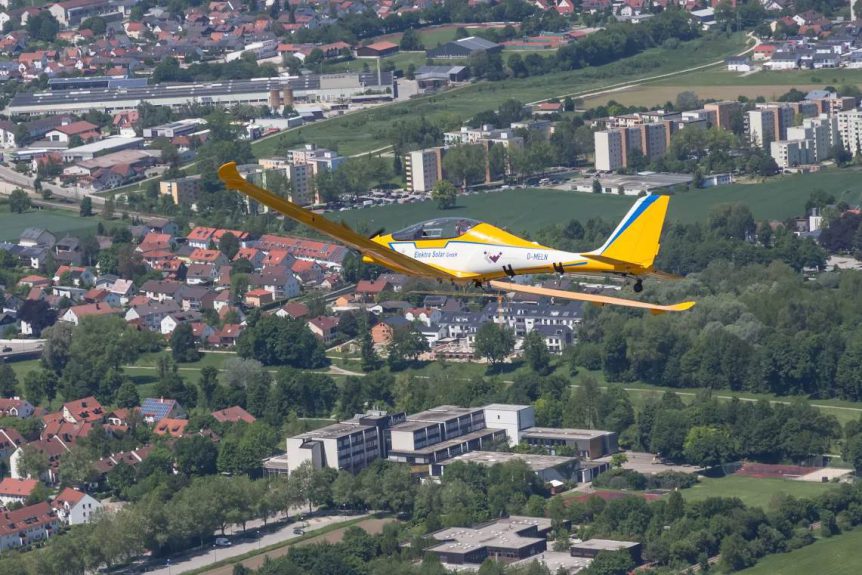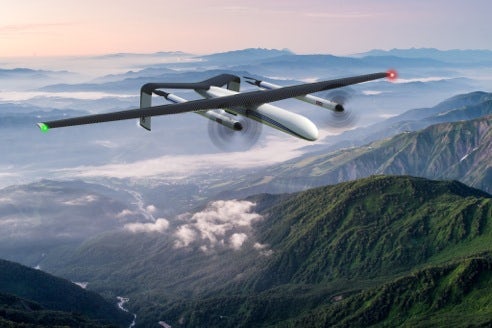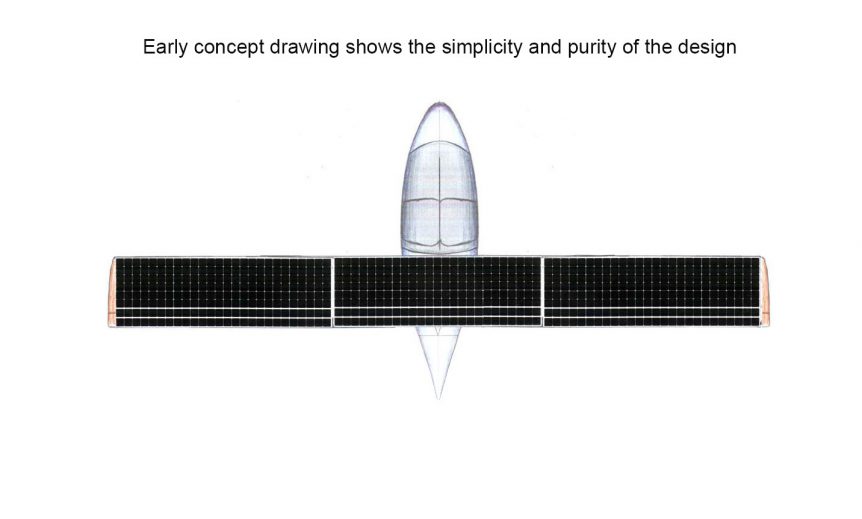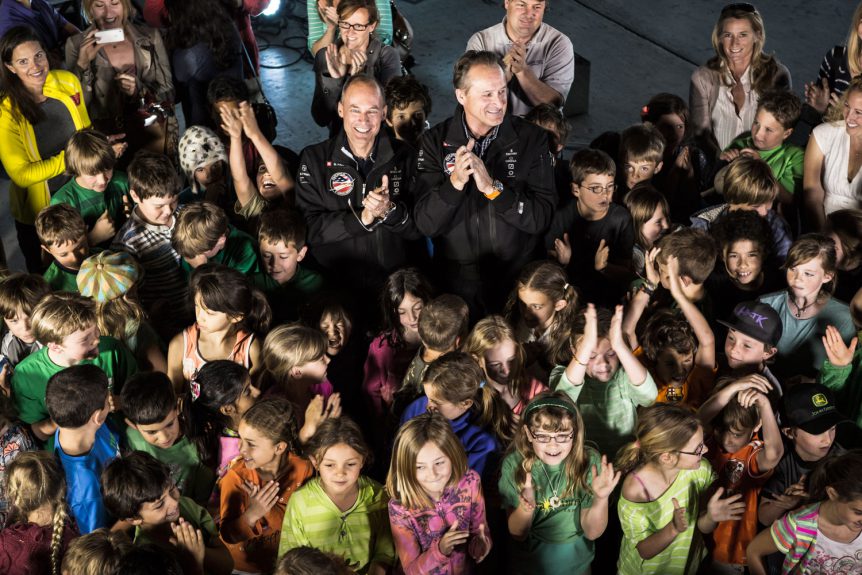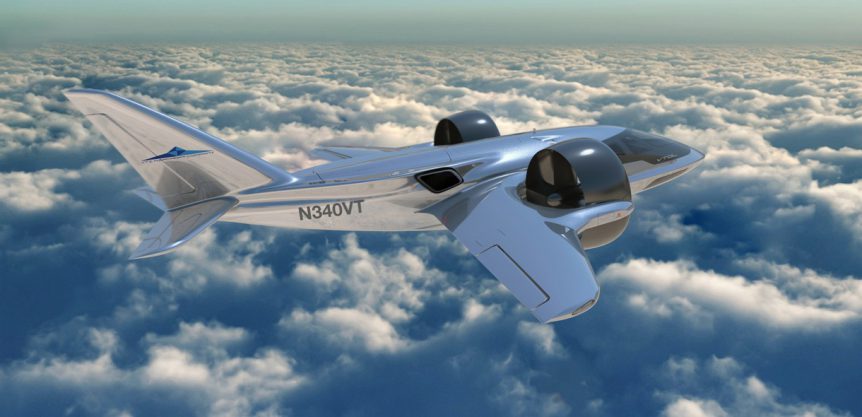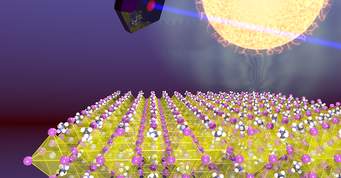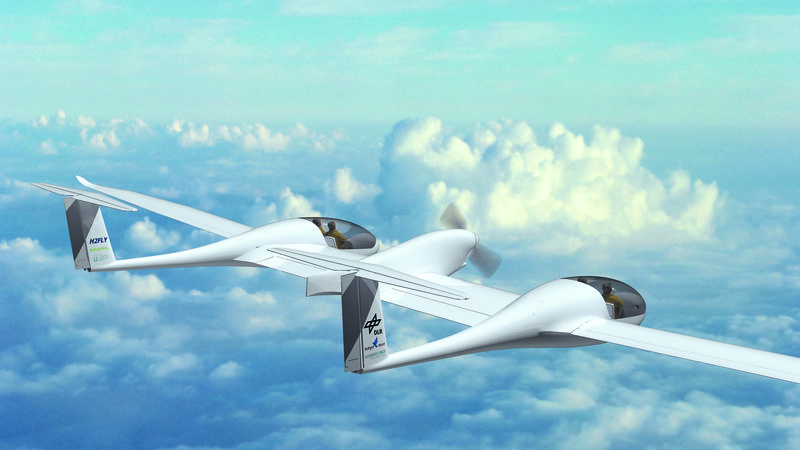Osaka University researchers have created a new material based on gold and black phosphorus to produce clean hydrogen fuel using the full spectrum of sunlight. Most solar apparatus used in “water splitting” rely on materials such as titanium dioxide. These are limited to obtaining energy from the ultraviolet (UV) part of the solar spectrum, however. The rest of the spectrum is wasted. Osaka’s team “developed a material to harvest a broader spectrum of sunlight,” using a three-part composite. The different parts maximize absorption of light and enhance the efficiency of the unit for water splitting. The core, a “traditional” semiconductor of lanthanum titanium oxide (LTO) is coated with tiny nanoparticle specks of gold. The gold-covered LTO is then mixed with ultrathin sheets of black phosphorus (BP), which acts as a light absorber. Bonding the gold-coated LTO to the BP layer makes a serendipitous combination. Team leader Tetsuro Majima says. “BP is a wonderful material for solar applications because we can …
Look Up and Say Cheese! Autonomous Mapping from the Elektra One Solar
Had the residents of Landshut, a 13th-century city in Lower Bavaria, chanced to look up at the right time over the last few weeks, they might have glimpsed a bright yellow shape looking back at them. Calin Gologan’s latest Elektra One Solar carries a suite of cameras that can transmit 2D movies in 4K resolution to a ground station up to 40 kilometers (25 miles) away. Through sophisticated software, the images can be translated into 3D maps with a resolution of five centimeters (just under two inches), the primary mission of the flights. Partner ViaLight, a 2009 spin-off of the DLR (the German Aerospace Center), provided the hardware and software that allows up to 100 Gbps (gigabits per second) data transmission speed, and thus enables such high resolution for the aerial images. The system can also transmit “Big Data,” using the high-speed optical links. According to Elektra Solar GmbH, a merger of the companies PC-Aero GmbH and Elektra UAS GmbH, …
Batteries Following Roads Less Taken
When you come to a fork in the road, take it. Yogi Berra Technology and new products continue to enhance the development and realization of electric and solar aircraft. Two approaches to batteries, both of which explore roads less taken, have some promise for aircraft use. Shine Some Light on It What if your battery could be recharged just by exposing it to light? A team of South Korean researchers, affiliated with UNIST (Ulsan National Institute of Science and Technology) has developed a single-unit, photo-rechargeable portable power source based on high-efficiency silicon solar cells and lithium-ion batteries (LIBs). Rechargeable under solar or artificial light, the unit could power other electronic devices, “even in the absence of light.” Professor Sang-Young Lee and Professor Kwanyoung Seo of Energy and Chemical Engineering at UNIST have presented a new class of monolithically integrated, portable PV–battery systems (SiPV–LIBs) based on miniaturized crystalline Si photovoltaics (c-Si PVs) and printed solid-state lithium-ion batteries (LIBs). Using a thin-film printing …
Long Hours of Droning On
Several different organizations are trying different ways to keep unmanned aerial vehicles, UAVs, up longer. We’ll look at three recent efforts in long-endurance missions, each with a unique technological approach. Wirth Research – Hydrogen Fuel Cell Wirth Research is now constructing a new tilt rotor, Vertical Take Off and Landing (VTOL), hydrogen fuel cell powered, advanced terrain-mapping drone. Carrying a payload of sensors and onboard data processing capabilities, the vehicle will be powered by a complete H2 storage, control and power system provided by HES of Singapore, a specialist in ultra-light hydrogen fuel cells. The Wirth machine’s missions range from precision agriculture, to pipeline and cable inspection for utilities, surveillance and other security-related tasks, through to detection and monitoring support for ordnance clearance operations. Combining the ability to carry a large payload and provide up to six-hour endurance in the VTOL configuration meant shifting from battery to hydrogen power. HES Founder and CEO, Taras Wankewycz, said, “We are shifting gears …
SolarStratos Makes First Flight
SolarStratos, a feather-light 450 kilogram (990 pound), solar-powered airplane, lifted off for the first time on May 5 in Payerne, Switzerland. Considering its 24.9 meter (81.69 feet) wingspan, the airplane shows designer Calin Gologan’s ability to squeeze performance from every gram of structure. It flies nicely, too, with test pilot Damian Hischier enthusing, “The plane is very nice to [fly]. [Its] reactions are healthy, and we see that it was well designed.” Sharing Payerne Airport with Solar Impulse, SolarStratos represents a different kind of adventure, ready to make five-hour flights to 75,000 feet (two hours up, five hours down). Such flights can carry a pilot and scientific measuring equipment, or for those lucky enough to have the price of admission, a passenger. Passengers on this high stratospheric journey will need to wear a pressure suit, and undoubtedly undergo hours of training on how to behave at such altitudes. The Pulse reports, “Until now, reaching the stratosphere has required large quantities …
Exciting News from Eric Raymond and Dr. Van Helsing
We are excited to share this press release from Eric Raymond at Solar Flight. Being in on things at the beginning of an extraordinary new technology is something that we strive for in this blog. We were alerted to this by Dr. Abraham Van Helsing from the Transcendental Aerodynamics Department of the University of Transylvania. He has been advising Eric on some arcane aspects of what most will agree are nearly unbelievable propulsion techniques. For immediate Release April 1, 2017 Today Solar Flight Inc. is proud to announce the roll out of its newest electric aircraft, the Monarch. In secret development for the last 2 years, it breaks new ground for this small aircraft development firm. The most revolutionary aspect of the new aircraft is its lack of a propeller, or any other visible means of propulsion. The work began when Solar Flight’s founder, Eric Raymond, became interested in research being done on boundary layer propulsion for submarines. While this …
Solar Impulse Pilot Andre’ Borschberg to Speak at SAS 2017
One of two pilots who guided Solar Impulse around the world will speak at the 2017 Sustainable Aviation Symposium. Andre’ Borschberg, having accomplished along with Bertrand Piccard an extraordinary voyage, uses his reputation and celebrity to educate the world that the “Future is Clean,” a watchword for the team’s ongoing efforts. Last November, for instance, Bertrand Piccard “launched the World Alliance for Clean Technologies under the umbrella of the Solar Impulse Foundation – a second phase in the realization of his vision that clean technologies can accomplish impossible goals and solve many of the challenges facing our society today.” In the meantime, Andre’ uses his engineering talents and perspective to bringing about practical outcomes derived from his and Bertrand’s experiences. Because the airplane derived all its energy from the sun, and because every aspect of its technology had to be of the highest efficiency, he can guide others in adopting these findings into their solutions. The Solar Impulse blog takes the …
George Bye – Electric Aerospace in Small, Medium and Large
George Bye has been crafting and testing electric aircraft for the last decade and now has four craft of varying size demonstrating the reach of his vision. Bill Moore interviewed George for EVWorld.com recently. We’ll review the airplanes with which George is involved, starting small and working up to a spectacular cross-country cruiser. Silent Falcon Although the UAV company associated with the Silent Falcon is not part of Bye Aerospace, it had its origins there. Now located in Albuquerque, New Mexico, Silent Falcon operations are overseen by John Brown, former Chief Financial Officer (CFO) for Bye Energy. Silent Falcon’s glider-like 14-foot wing, high efficiency airfoil, electric power and high-efficiency solar cells allow up to five-hour surveillance flights. Its ability to carry a large contingent of cameras, sensors and mapping systems make it a good candidate for ISR (intelligence, surveillance, reconnaissance) missions in civilian or military operations. The airplane has scored a first civilian sale to Precision Vectors Aerial Inc. of …
Will You Be Able to Print the Solar Cells for Your Wings?
That may sound like a silly question, but thin-film solar cells are pushing the boundaries of lightness and efficiency that will make them viable candidates for use on aircraft. Looking back at earlier achievements demonstrates the great things that can be done with limited resources. Eric Raymond, for instance, made a solar-powered flight across the United States in 1990 on amorphous solar cells that were only about two percent efficient. His Sunseeker Duo, which he flies around Italy and Switzerland with Irena, his wife and co-builder, has modern thin-film cells that are 23-percent efficient – a ten-fold gain. Before that, the earliest two solar-powered flights were charged by big, round solar cells, not terribly efficient and lacking full coverage of a wing because of the gaps between cells. Fred To in England and Larry Mauro in America did what they could with these disadvantages and managed successful, but short, flights after hours of charging small on-board batteries (also relatively inefficient). …
SA Symposium 2017 – An April Festival of Electric Flight
April 21 and 22, 2017, set your GPS for N 37° 31′ 20.84” W 122° 15′ 38.31” – the Hotel Pullman San Francisco Bay. The refined and beautiful setting and four-star accommodations make a grand accompaniment to the story we will share. The story of the 2017 Sustainable Aviation Symposium includes the latest in aerodynamics, electric power and energy storage. It’s a grand and sweeping review, told by talented intellects in the context of using the latest technology to help save the planet. A few exemplars of the program highlight this year’s story, “ A Keynote Address from a Master Designer Tine Tomazic, Director of Research and Development for Pipistrel, created the G4 to win the 2011 Green Flight Challenge, the Alpha Electro Trainer, and the Hypstair hybrid speedster. His pioneering forays into electric power have made him a leader in development of everything from airframes to instrumentation. What will he come up with next? He might share that at …


